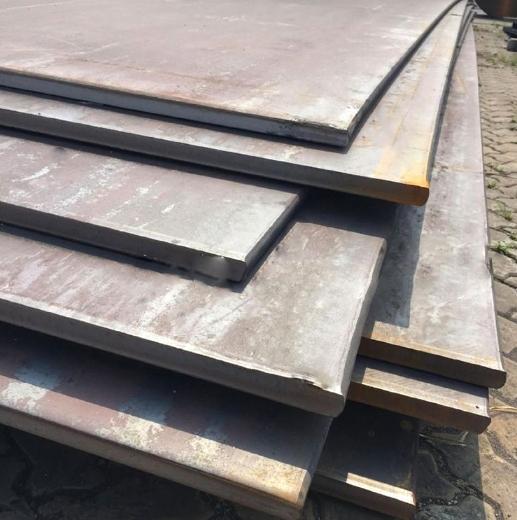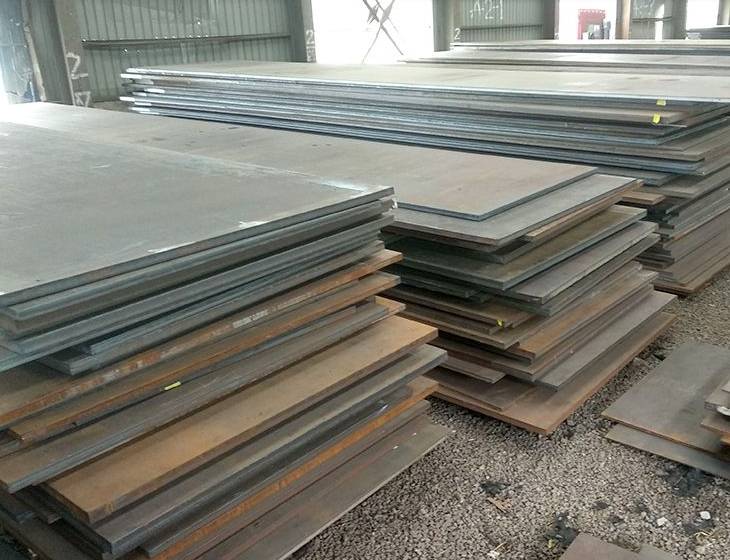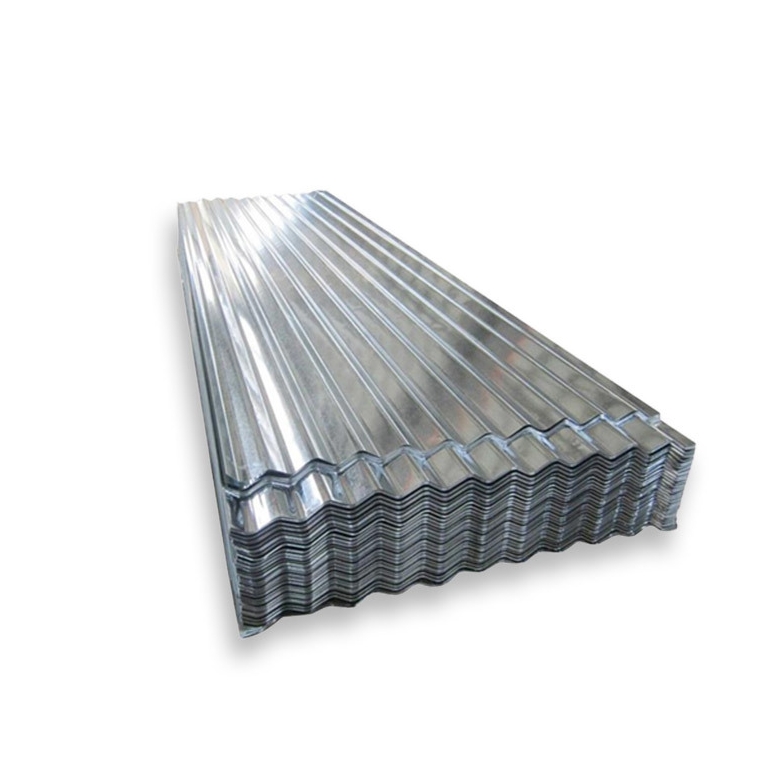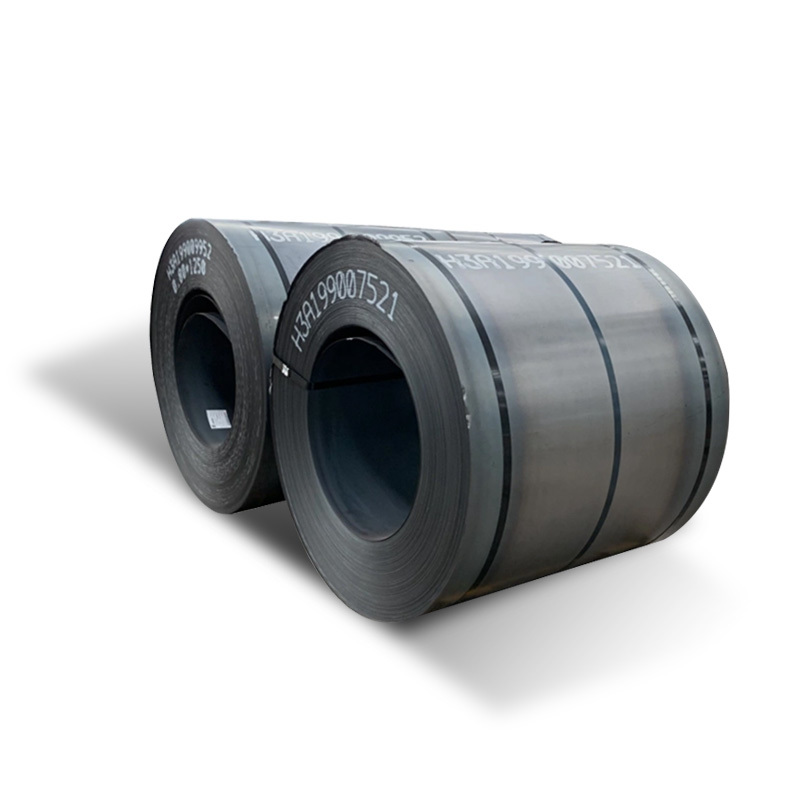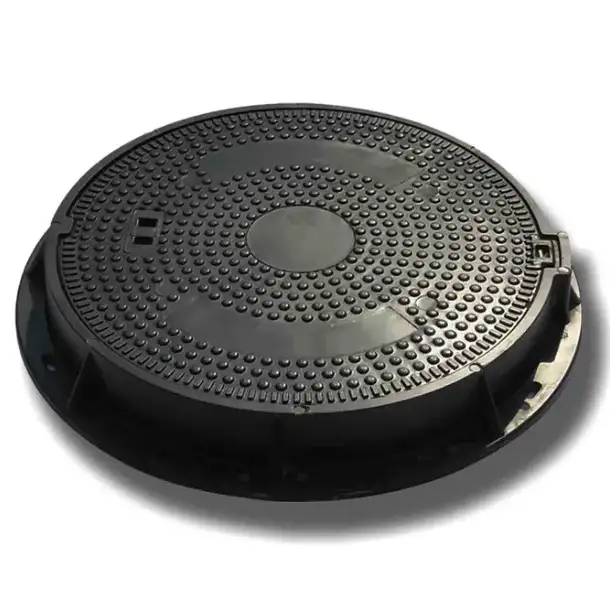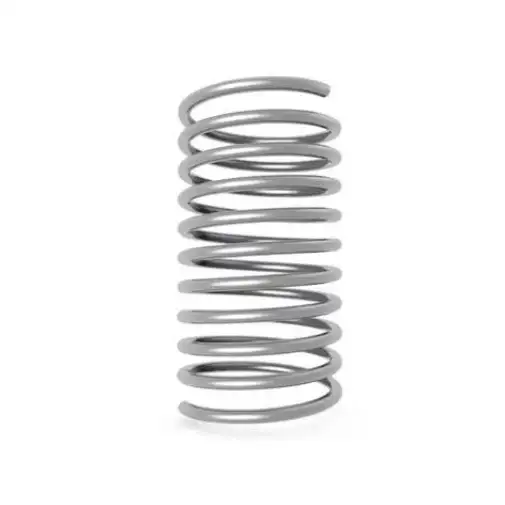Why Trust Matters in 1/4 Carbon Steel Plate Procurement
The global market for 1/4 carbon steel plates is projected to hit $32.7 billion by 2026 (IBISWorld, 2025), but here’s the kicker: 26% of industrial buyers receive plates with inconsistent thickness or hidden defects. Let’s unpack how to identify trustworthy suppliers and dodge costly mistakes.
⚠️ Warning: Vendors offering “mill-direct pricing” often skip critical quality checks. I once ordered plates labeled “ASTM A36” that failed bend tests—costing my team 3 weeks of rework.
3 Deadly Sins When Sourcing 1/4 Carbon Steel Plates
1. Blind Trust in Generic Certifications
Legitimate 1/4 carbon steel plate suppliers provide batch-specific MTRs (mill test reports) with:
- Heat Number Traceability
- Actual Yield Strength (≥36,000 psi for A36)
- Carbon Content (0.18–0.25%)
2. Ignoring Thickness Tolerance
Even a 0.005” deviation causes welding gaps. Top-tier mills like Ohio Valley Steel use laser-calibrated rollers to ensure:
- Precision Thickness: 0.248”–0.252”
- Uniformity: ±0.003” across 10’ lengths
3. Skipping Surface Prep
Unprotected plates rust within 48 hours in humid climates. Demand suppliers using VCI film or oiled coatings.
Supplier Showdown: Traditional vs Tech-Driven Mills
| Factor | Mill A | Mill B |
|---|---|---|
| Price/ton | $780 | $845 |
| Lead Time | 55 days | 18 days |
| MTR Depth | Basic specs | Full melt-to-ship data |
| Thickness Guarantee | ±0.01” | ±0.005” |
| Rust Warranty | 30 days | 365 days |
Pro Tip: Mill B’s AI-driven nesting software reduced our scrap rate by 21% on bridge projects.
5-Step Supplier Vetting Protocol
- Demand Samples: Test 12”x12” plates for thickness, flatness, and edge quality
- Decode MTRs: Verify heat numbers match mill databases via portals like SteelTrace
- Audit Cutting Tech: Confirm laser/waterjet systems (no plasma torches)
- Stress-Test Logistics: Ensure climate-controlled trucks for rust-prone regions
- Negotiate Penalties: 3% refund for plates failing ultrasonic tests
⚠️ Myth Buster: “Hot-rolled plates are weaker” is outdated. Modern HR 1/4 carbon steel plates often outperform cold-rolled in structural apps due to refined grain flow.
Case Study: How a Crane Maker Cut Costs by 19%
A Midwest manufacturer saved $58k/year by switching to Great Lakes Steel Co.’s precision-cut 1/4 carbon steel plates. Their strategy:
- AI-Optimized Nesting: Reduced scrap from 15% to 6%
- Digital MTRs: Slashed QC time by 34 hours/month
- JIT Delivery: Trimmed inventory costs by 22%
The Stealthy Tricks Dodgy Suppliers Use
A 2025 audit revealed 23% of “certified” 1/4 carbon steel plates had mismatched chemistry (Steel Quality Monitor). Watch for:
- Ghost Mill Stamps: Fake logos without verifiable heat numbers
- Thickness Averaging: Mixing 0.24” and 0.26” plates to meet “0.25”” claims
- Bait Pricing: Low per-ton rates with hidden freight fees
Checklist for Bulletproof 1/4 Carbon Steel Plate Orders
✅ Verify MTRs include heat numbers and melt dates
✅ Measure thickness at 5+ points with ultrasonic gauges
✅ Conduct spark tests to confirm carbon content
✅ Inspect edges for burrs (max 0.004” roughness)
✅ Negotiate 2% overage for CNC cutting loss
Future Trends in Carbon Steel Procurement
By 2026, 47% of mills will adopt smart NFC tags for real-time thickness tracking (SteelTech Today). Innovations to leverage:
- AI-Powered QC: Instant defect detection via machine vision
- Eco-Coatings: Graphene-infused rust inhibitors (5x lifespan)
Pro Insight: We tested NFC-tagged 1/4 carbon steel plates last quarter. Inspection time dropped from 2 hours to 8 minutes per batch.


